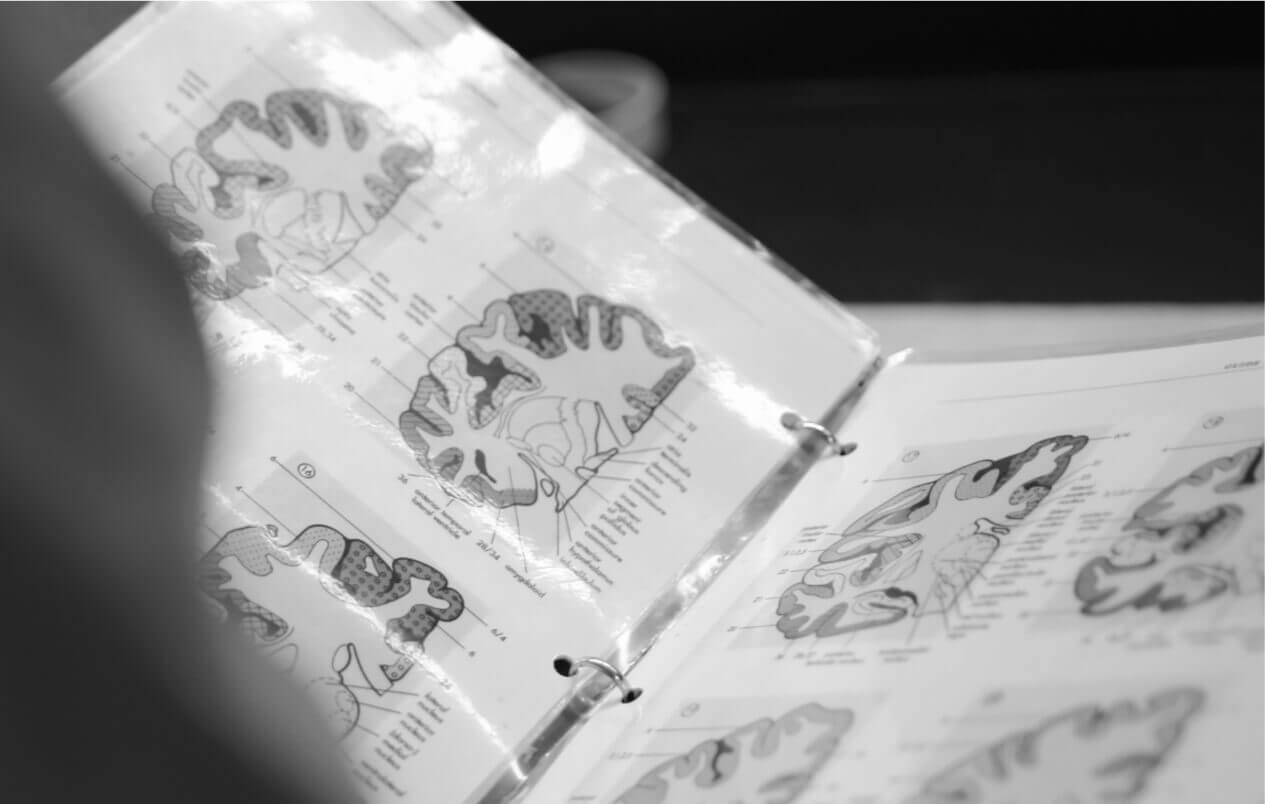How does the brain donation process work?


The Brain Donor Project connects potential donors with a brain bank
Specifically, brain banks within the NeuroBioBank, a network spanning the country that makes brain tissue available to neuroscience researchers everywhere. The NeuroBioBank is a part of the National Institutes of Health (NIH), the primary agency responsible for biomedical and public health research in the United States.
Becoming a registered brain donor is a two-step process:
-
1
Pre-Registration
The prospective donor or their proxy completes and submits The Brain Donor Project’s online pre-registration form.
The Brain Donor Project’s form asks mainly for contact information and specifics of a diagnosis, if there is one.
-
2
Brain Bank Registration
The Brain Donor Project determines which brain bank works best for the donor and refers them to a brain bank.
The brain bank makes the final decision on whether to move forward with the donation process.
Donation Details
-
Pre-Registration
The prospective donor completes our pre-registration form. You may do this for yourself or on behalf of another person. The form mainly asks for basic contact information, and to specify the nature of neurologic diagnoses, if the potential donor has them.
-
Referral to Brain Bank
The Brain Donor Project decides which brain bank within the NIH's NeuroBioBank is appropriate and replies to the donor or proxy with that information. Several factors play a part in determining which brain bank is best for a donor, including geographic location as well as the brain banks' areas of decline and focus.
-
Brain Bank's Registration Forms
The next step is connecting the donor or proxy to the brain bank for additional screening. In some circumstances The Brain Donor Project provides a phone number; in others, registration forms will be sent directly. Once that information has been collected, the brain bank determines acceptance.
-
Inform Your Family
Discuss this important information with your family and explain what they need to do when the time comes.
Mentioning brain donation in your medical directives or your will isn’t advised. Often those documents are not consulted until it’s too late. Registering to be a donor in advance is the best way to donate the tissue when the time comes.
After Death
-
Notify Brain Bank
The brain bank will ask to be notified quickly upon death, ideally within the hour. The brain bank will have provided an all-hours phone number for this purpose. If a funeral home is working with the family, contact info should be shared with both parties so they can coordinate transportation.
-
Transport
After the donor’s death, the brain bank will coordinate transportation of the body to a local facility where the brain will be removed by a trained recovery specialist. Often, this can be the funeral home that the family is using; if not, another nearby facility will be identified.
-
Recovery
The brain bank sends a recovery specialist to remove the brain and ship it to the donor’s brain bank. The brain is removed from the back of the head so as not to be disfiguring. The transportation to the facility, brain recovery and shipping to the brain bank is performed at no cost to the donor’s family.
-
Release
After the recovery specialist is able to retrieve and ship the donor’s brain to their designated brain bank, the body is released to the family to proceed with a funeral, cremation, or other end of life arrangements.
-
Report
If the family requests it, the donor’s brain bank will provide a summary of neuropathological findings. This document reports any diagnoses of the brain, the stage of the disease(s) and the region(s) of the brain impacted. Often in neurodegenerative diseases, this post-mortem analysis is the only definitive report of the patient’s diagnosis(es).
Sign Up For Our Newsletter
For news, donor stories, new merch and more



